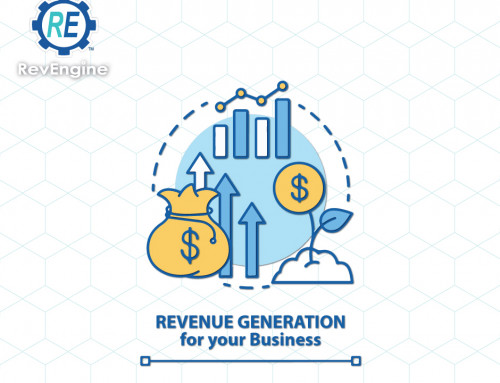By: Chelsea Nolan
One of the most important factors when considering a digital marketing campaign is the “data.” You can have the best crafted, catchiest and most relevant message of all time, but if it never gets delivered to the intended audience, it will flop everytime.
For the eleven years we have been in business, our data acquisition and organization is arguably the most important piece of our marketing puzzle. While the creative writing process, optimization of software, and multiple-touch approach are all essential to generating the qualified leads our clients need, the millions of data contacts we hold is certainly our greatest asset.
We found out long ago that having an extensive list of data points is not the only end goal. From who we source data from, how we organize and clean it, and how we utilize that data to receive the best response, understanding how we approach data will help you understand why our technique is so successful time and time again.
Sourcing
We purchase data from several different sources, including Zoominfo and Avention, which is now D&B – these are two of our main sources for acquiring data. We obtain, then clean millions of records per year from these sources and purchase more as needed using our unique buying power. Since we do buy data in large quantities, we receive bulk pricing and are able to obtain the best quality for a lower price.
We also use a backend process to make sure all data we use is active, deliverable, recently engaged, and responsive to email marketing. In other words, because we are an email marketing agency with 10 years of experience purchasing the best data available on the market, at the best price available due to the quantity of orders, we strongly believe we will outperform any single data company.
Once we have identified a new partnership and taken a new company on as a client, we purchase specific data from specific providers based on the demographics for their target market. By segmenting out data by parameters such as the decision maker’s job title, size of the company, location, and industry we know the leads generated will be exactly in the target market our client needs to be in front of to create a sale.
Sending
Many email marketing software systems will not allow the hard bounce rate to get above 2%. Meaning, if more than 98% of the email addresses you are sending to are not current and valid you will be blocked from future sends, making all the time spent crafting emails, testing copy, and acquiring data wasted. This is why “cleaning” out all old or unused email addresses from a list is essential before using it in a campaign.
The truth is it often takes millions of records to find the 10-15% of great data hidden within an overall cold list. Our core business is to purchase data from all of the best sources, then trim the bad data out through data cleaning with emailoversight.com and our demand generation service. This process gives us clean and intent based data and active lists that none of the data companies can provide. Intent based data comes from those that open, respond or click on our client campaigns. Sending 50mm+ emails per month for over 40 different industry verticals gives a pulse of what b2b prospects are looking for, what is more we actually capture the person who was interested in a specific offering and can repurpose that knowledge to give our customers data that has a proclivity to respond to their offerings.
Strategizing
You can’t expect to send something to a list once and get the highest results. Each point of data within a list represents an individual person, hopefully a decision maker, who is extremely busy in their own day-to-day tasks. In order to attain the best possible results, strategy is key.
The end goal of any marketing campaign is engagement. If people are opening, clicking on, and ultimately responding to our messages, we know everything is working as it should. However, that is not always the case. If a specific message is not getting the response we had expected, there are several factors we must consider. For example, we know the list we are using is current, so we may look at the subject line being used. Another variable may be the first few lines of the creative, the words visible before even opening the email, need to be rewritten to better entice the reader.
All of these factors are part of testing a campaign and altering small parts until everything is working in perfect optimization. Since our marketing campaigns contain up to 10 different emails based on the behavior taken by the potential lead, we have many opportunities to examine the interactions being taken and change variables based on our expertise.
Other factors we consider when analyzing a campaign are the open rates, opt out rates, sent volume, number of leads generated, click through rates, and hard bounce/soft bounce percentages.
A great example of a client we had to be strategic with data for is Vanguard Cleaning of Los Angeles.
The challenge was that the cleaning industry is a seasonal market. We needed to stay in front of Vanguard’s prospects so whenever their need arose, we were right there in their inbox. Since the territory for Vanguard LA is very specific, we had to be strategic about data use and our ability to keep Vanguard’s name in front of key decision makers without bombarding their market.
By pairing the very best quality data with our creative writing expertise, and software to track interaction, we were able to engage with thousands of businesses within Vanguard’s target area over time.
In almost a year of partnership with Prospectr, Vanguard Cleaning Systems has been connected with 1,151 engaged decision makers in and around Los Angeles. They have seen open rates as high as 21% and as many as 189 leads per month.





Leave A Comment